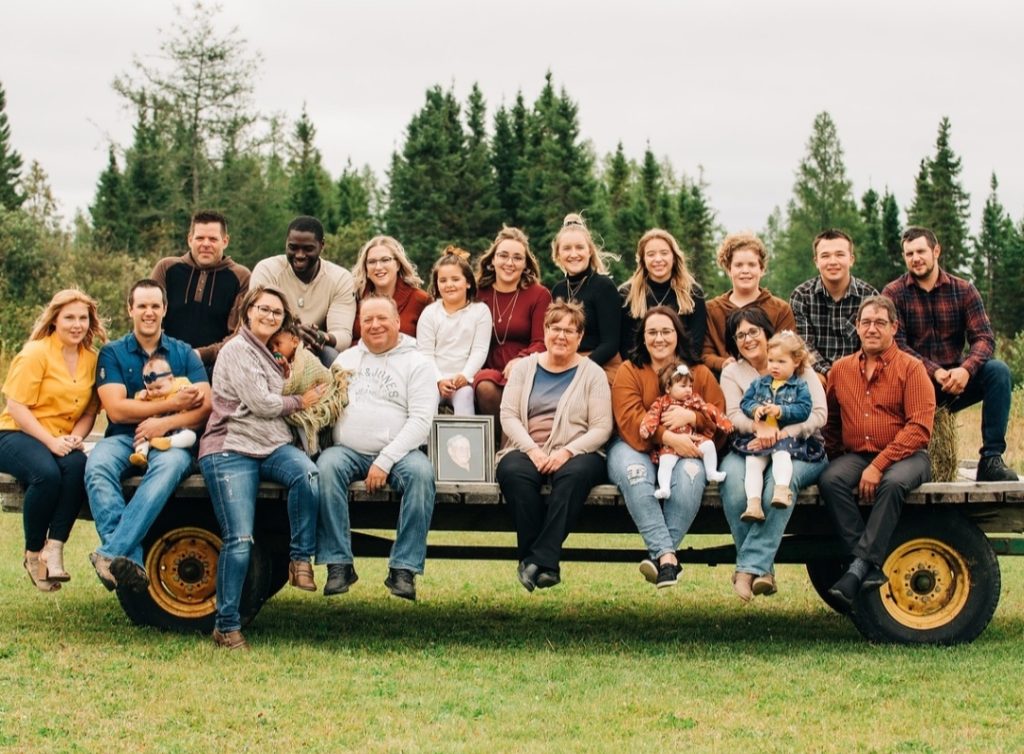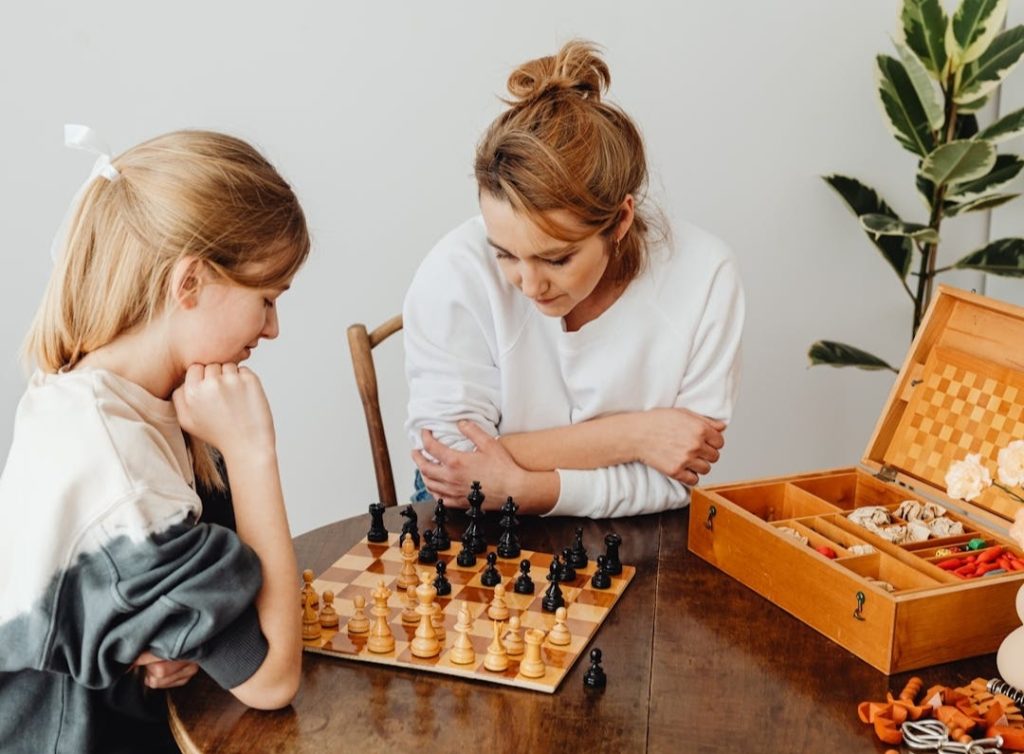The month of May brings awareness by the National Osteoporosis Foundation to the facts, problems, treatments and prevention of low bone density and deterioration known as osteoporosis. The intention of National Osteoporosis Awareness and Prevention Month is to promote good bone health by educating people about the disease. The foundation explains bones are living tissues and because of this, they are continually removed and replaced. When the creation of the new bone cannot keep up with the loss of the old bone, osteoporosis occurs.
Low bone density means a person has an increased risk of breaking bones. Osteoporosis causes bones to become weak and brittle which means a fall or mere mild stresses such as bending over or coughing may cause a fracture. The most common fractures occur in the hip, wrist, or spine.
Osteoporosis can possibly occur in anyone, but Asian and white women (especially those who are past menopause) fall into the highest risk category. People who obtain more bone mass in their youth are less likely to have increased problems as they age. The formula basically equates to how more bone “in the bank” can help and directly relates to how likely a person is to develop osteoporosis when aging.
Family history plays a part in the problem and having a sibling or parent with the affliction puts a person in a higher risk category. People with small body frames often have less bone mass to draw from as they age and therefore are at a higher risk.
The best prevention against increased bone loss consists of good nutrition and regular exercise, limiting alcohol consumption, abstaining from smoking cigarettes (research shows women who smoke produce lower levels of estrogen compared with nonsmokers) and the long-term use of certain medications such as high levels of glucocorticoids (both natural and synthetic). A calcium-rich diet also helps in reducing risk; the recommended amount of calcium is 1,000 milligrams for those between the age of 18 and 50 with an increase to 1,200 after the age of 50.
Weak bones and breaking them becomes a real problem as people age. Becoming aware of the risks and prevention during National Osteoporosis Awareness and Prevention Month can certainly help us all.
Our Her Nexx Chapter Community invites you to join us where women are connecting with each other’s stories, exploring different experiences, and transforming ideas.
The Future of Connection for Women
Follow us:







